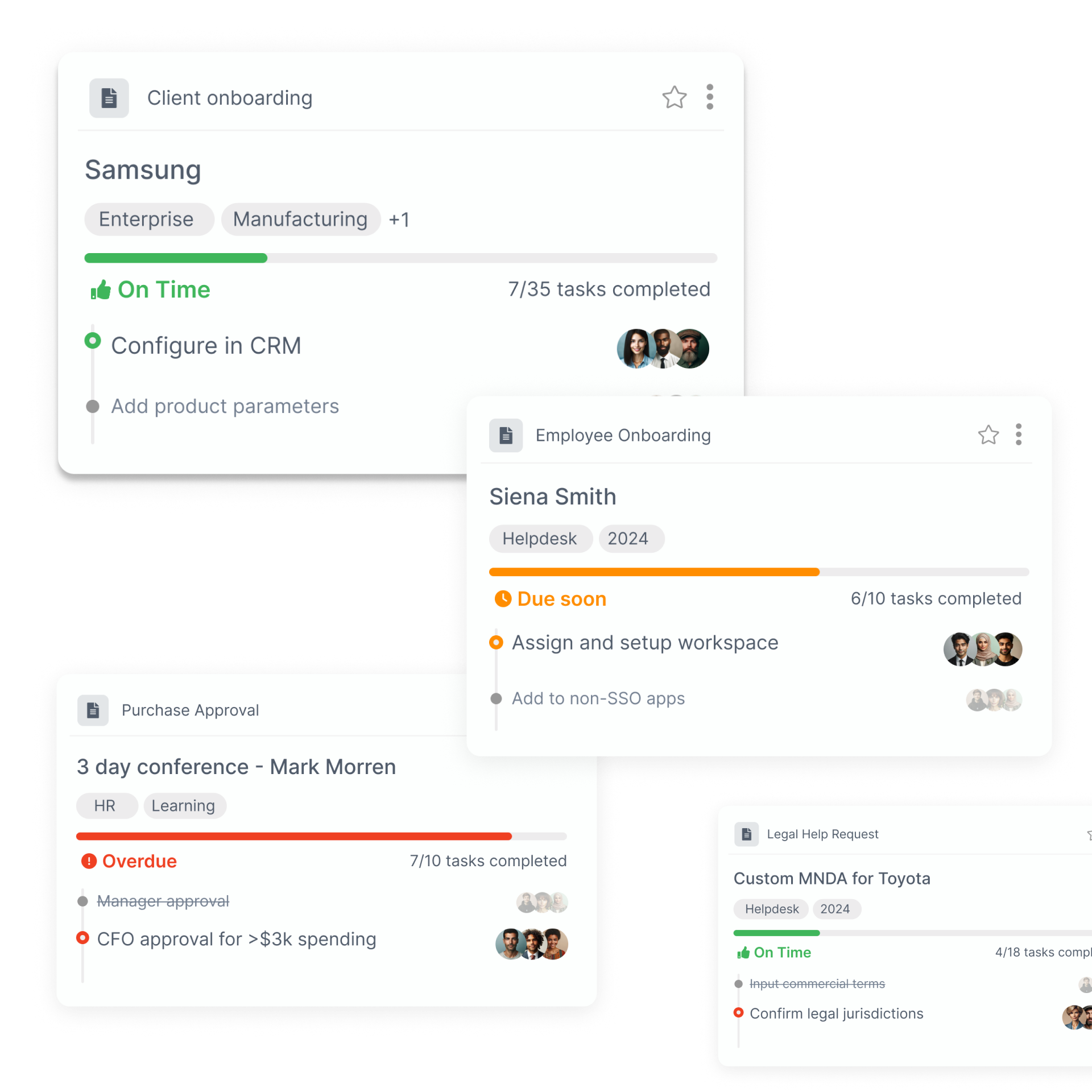The importance of content marketing for any marketing strategy has been clear for many years, with quality content being essential for search rankings, thought leadership and simply for effective communications. However, achieving the right level of good content is easier said than done and it’s crucial to maintain quality control in content marketing, otherwise no strategy, no matter how groundbreaking, will ever have a chance of succeeding.
For example, you can spend as long as you like coming up with a series of thought-provoking blogs that demonstrate how your brand ambassadors are the most knowledgeable and entertaining people in their subject on the whole internet, but if their posts are riddled with typos and grammatical errors, the overall effect will be a negative one. Most of all it will be a mistake that was easily avoided if enough care was taken.
Typos and spelling errors aren’t the only issues you can have with content marketing, of course. Including broken links in emails is one particular cardinal sin that can scupper a whole campaign, particularly if the link is from the call to action button, leaving the customer unable to complete the transaction the marketer is trying to guide them towards. It’s completely avoidable, but only if you have the right processes set up. But how can you ensure that you’re maintaining quality control in content marketing?
Checklists can serve as an excellent tool for quality control at every stage of the content creation process.Amanda Maksymiw
We’ve come up with a checklist for you.
What is Tallyfy?
Tallyfy helps you document and automate tasks between co-workers and clients
Click here to learn about TallyfyQuality Control In Content Marketing Checklist
These are the elements you need to consider and the actions you need to take to get the quality control you are looking for:
Know Who You’re Writing For
The quality control in content marketing needs to start at the very first step. Before you write a single word, you need to know who you are writing for, because no great content has ever been written without a clear audience in mind. This means looking into the data side of things, identifying the various elements that can define your audience. Once you know who they are, you need to know what their needs are and how your content can meet them. You can find this out through surveys, through analytics that tell you which are the most popular pages and searches on your website, or by your interactions with them on social media.
Know What You Want To Achieve
The least effective piece of content you can write would be one that has no clear purpose. Put simply, if you want to write about nothing much for your own enjoyment, get a personal blog. If you’re doing it for work, there has to be a point for doing it. You should have already identified your audience’s needs, so now you need to work out how you can make those needs work for you and how you can write compelling content to convince people to buy your services or products.
Get The Delivery & Timing Right for Content Marketing
The last piece of planning required for quality content is the delivery and the timing. How are you going to get this content to the right people and when will you do it to ensure maximum effectiveness? Again, this is an element that can be researched and tested. A-B testing on prior campaigns should provide useful evidence to point towards when the best open rates for emails are for your audience, while the analytics will prove which channels are the most effective. Quality content is only useful if people actually see it.
Size CAN Be Everything
In the early days of digital content marketing, the assumption was that attention spans were so short online that anything much over 300 words was a waste of time because nobody would read past halfway, completely missing the excellent call to action at the end. This can still be the case if your content is predominantly going to be read on mobile devices, although well-structured long-form content can still work very well on these. However, Google’s emphasis on quality content has made pieces of over 1000 words (like, say, this one you’re reading here) more popular again. If you can provide that much content and make it worthwhile, you will have a better chance of good rankings. Of course, quality control over longer pieces is even more essential.
More Than Words
When it comes to quality control in content marketing, this applies not only to the writing but also the various media elements that make up any really great and successful piece of content. But infographics, photos, audio and video clips are only a benefit to your writing if they genuinely add something. Are they original and shareable visual elements that people will want to share? Do they look good, or do they let down the rest of the site? Are the videos really explaining anything you haven’t already explained? In content marketing, never do anything just for the sake of doing it.
Spelling & Grammar
There’s no excuse for bad spelling or grammar in the 21st Century world of content marketing. There are so many tools out there to help you spell check and ensure your grammar is correct, so use them before you click Publish. If the content doesn’t look professional, people won’t treat it as professional, and Google will penalize you for having poor trustworthiness. Checking the readability score is also crucial, and any good SEO tool will measure this for you based on the Flesch-Kincaid readability tests.
Structure & Formatting in Content Marketing
Even if you get the spelling right and the grammar to the letter, you can still be failing to ensure you have good quality control in content marketing if you’re not paying attention to the structure and formatting of your work. As well as using quality images and media content to break up the text, structuring it in a way that makes it easy to read will please your audience and Google. Bullet points, appropriately-coded heading tags and a structure that allows for skim-reading are all elements that will make your content stand out as quality.
Lights, Camera, Call To Action!
This final point is so important and so often forgotten. If you are doing content marketing, your piece MUST have a call to action that tells your audience what they need to do next after reading it. This needs to be prominent and written in a way that grabs their attention, making it seem like something that they cannot possibly afford to miss out on. If you aren’t including a good CTA, you aren’t doing content marketing, it’s as simple as that.
Ensuring that you are maintaining quality control in content marketing means focusing at every step along the way on what you are trying to achieve with the content and understanding how you can best achieve it. This guide should help you keep that focus, but you also need to set up your own processes and checklists that suit your business needs and your audience’s needs, then you truly will be a position to deliver regular quality content.
Interesting in learning more about efficient content marketing processes? Learn how to set up a publishing workflow!
Image Source: skeeze

